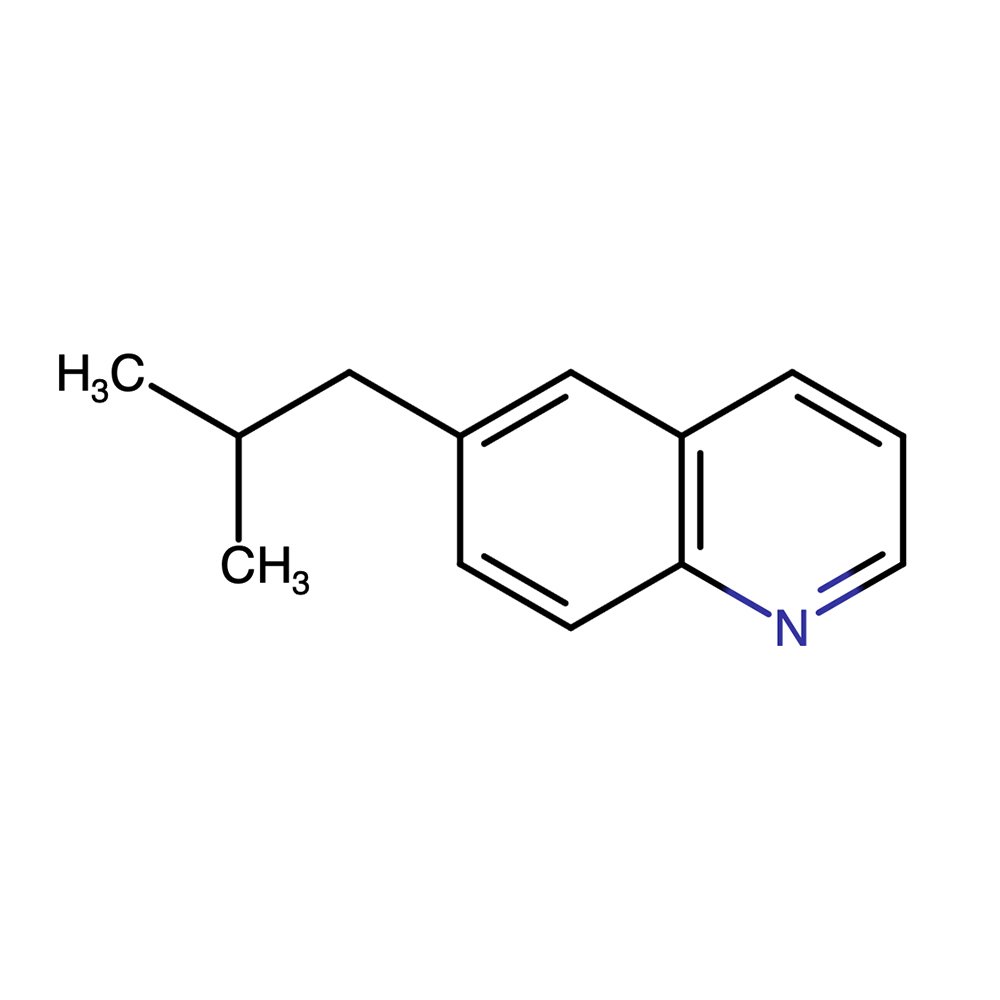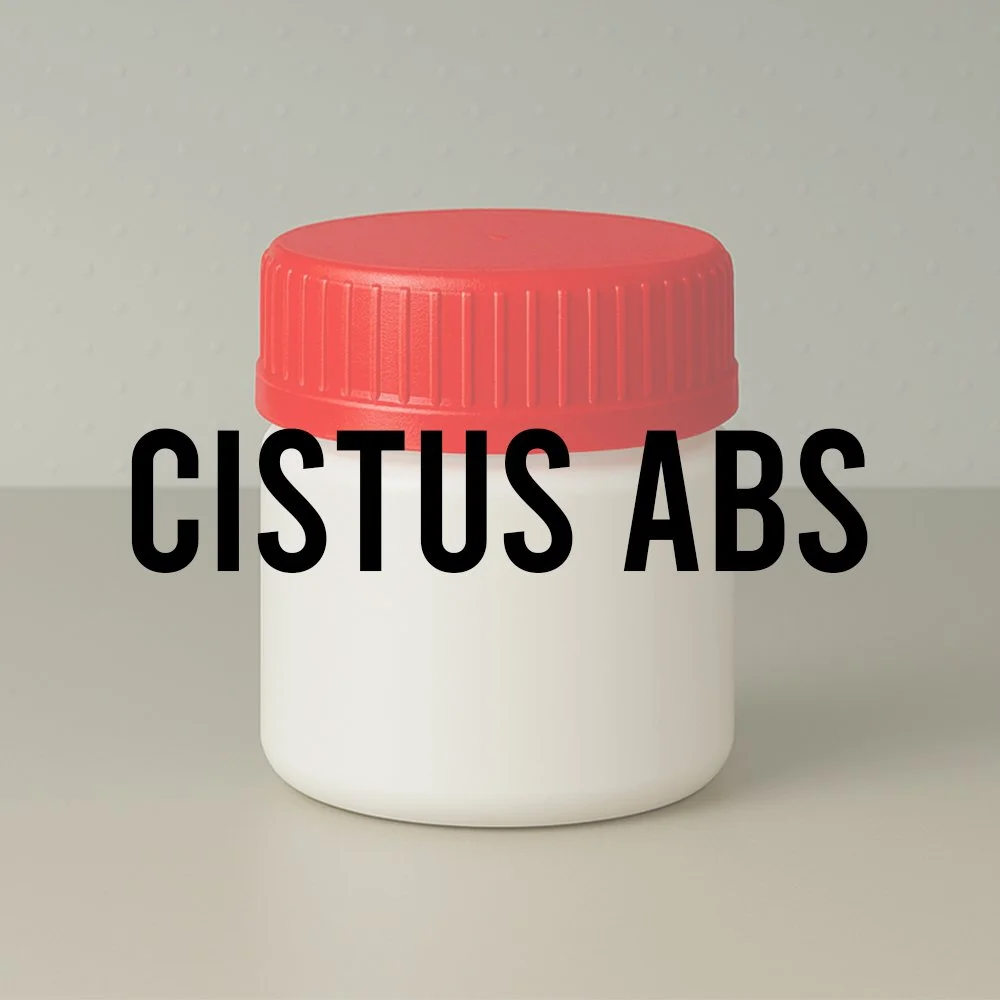Safraleine® Technical Ingredient overview
🔎 Chemical Name — 2,3,3-Trimethyl-2H-inden-1-one
🧪 Synonyms — Saffron indenone, 2,3,3-trimethyl-2,3-dihydro-1H-inden-1-one
📂 CAS Number — 54440-17-4
📘 FEMA Number — 4556
⚖️ Molecular Weight — 174.24 g/mol
📝 Odor Type — Spicy, leathery, saffron, warm
📈 Odor Strength — High (recommend evaluation at 10% dilution or less)
👃🏼 Odor Profile — Warm, powerful, spicy-leathery character with distinctive saffron-like qualities, tobacco undertones, rose ketone-like floral aspects, herbal nuances, and velvety texture
⚗️ Uses — Fine fragrance (leather accords, oriental compositions), functional perfumery, flavor applications, saffron representations
🧴 Appearance — Pale yellow to colorless clear liquid
What is Safraleine®?
Safraleine® is a proprietary synthetic indenone derivative developed and manufactured by Givaudan, representing a significant advancement in spicy-leathery fragrance chemistry. Chemically classified as 2,3,3-trimethyl-2H-inden-1-one, this ketone possesses a bicyclic structure featuring a five-membered ring fused to a benzene ring, with three methyl substituents contributing to its distinctive olfactory character. The molecule contains an asymmetric carbon center, resulting in two possible enantiomers, though the commercial material is supplied as a racemic mixture (blend of both isomers) optimized for perfumery applications.
The compound’s unique molecular architecture delivers a complex, multifaceted odor profile that successfully bridges traditional spicy notes, leather accords, and precious saffron characteristics—a combination previously difficult to achieve with a single synthetic molecule. Safraleine® does not occur naturally and exists solely as a synthetic creation, designed specifically to offer perfumers new creative possibilities in spicy-warm compositions.
Historical Background
Safraleine® was developed by Givaudan as part of the company’s ongoing research into novel odorants for fine fragrance applications. While the exact year of introduction has not been publicly disclosed in available literature, the material gained recognition in the early 2000s within the professional perfumery community.
In 2003, renowned perfumer Arcadi Boix Camps provided one of the earliest professional assessments of Safraleine®, stating: “Here Givaudan discovered a great master chemical imparting subtleness, delicacy, refinement, intricacy, velvetiness and great class wherever it is used” (as cited in Pell Wall documentation). This endorsement from an independent and highly experienced perfumer helped establish Safraleine® as a valuable tool in the modern perfumer’s palette.
The material’s development addressed a specific need in perfumery: creating authentic saffron effects and sophisticated leather accords without relying on traditional materials that faced increasing regulatory restrictions or supply limitations. Safraleine® offered formulators a stable, reliable alternative with excellent substantivity and compatibility across diverse application types.
Olfactory Profile
Scent Family
Spicy, leathery, saffron, warm, oriental
Main Descriptors
Primary: Warm, powerful, spicy-leathery, distinctive saffron character
Secondary: Tobacco facets, herbal nuances, rose ketone-like floral aspects
Tertiary: Velvety texture, phenolic undertones, marine-like facets, woody accents
Intensity
High odor impact requiring careful dosing. Givaudan recommends evaluation at 10% dilution or less to properly assess its character. The material demonstrates substantial diffusion and radiance, projecting effectively even at moderate concentrations. Typical suggested usage levels range from 0.5-3.0% in fragrance concentrates, with higher concentrations producing distinct leather notes and lower doses providing subtle spicy undertones.
Tenacity
Exceptional longevity with substantivity lasting up to 168 hours (7 days) on scent strips at 10% dilution. Functions primarily as a heart to base note material, providing sustained warmth and depth throughout a fragrance’s development. The compound’s relatively low volatility (flash point: 120°C) ensures extended persistence on skin and fabrics, making it particularly valuable for applications requiring long-lasting effect.
Volatility
Low to moderate volatility positions Safraleine® as a middle to base note contributor. The indenone structure and molecular weight of 174.24 g/mol confer sufficient substantivity for extended wear while maintaining enough volatility to contribute meaningfully to heart note development.
Applications in Fine Fragrance
Primary Roles
Safraleine® serves as a cornerstone ingredient for modern leather accords, offering a softer, more refined character compared to traditional birch tar-based materials. The compound’s complexity allows it to function simultaneously as:
Leather Compositions: Creates sophisticated, velvety leather impressions with less harshness than conventional materials; blends exceptionally with Suederal for modern suede effects
Saffron Representations: Provides authentic saffron character without the expense or variability of natural saffron absolute
Spicy-Oriental Accords: Adds warm, vibrant spiciness to oriental bases with unique depth
Tobacco Blends: Contributes realistic tobacco facets; forms unique accords with Tabanone and tetramethyl naphthalenone
Floral Modifications: Rose ketone-like aspects enhance floral compositions with unexpected warmth
Typical Combinations
According to Arcadi Boix Camps’ observations, Safraleine® demonstrates remarkable versatility: “Safraleine can be twisted towards spiciness or floral woody accords but also toward aquatic effects.” The material proves particularly effective in:
Modern leather accords combined with Suederal and birch tar traces
Smoky compositions where it provides contemporary direction
Floral-leather hybrids leveraging its rose ketone characteristics
Aquatic fragrances requiring warm, phenolic depth
Performance in Formula
Safraleine® exhibits excellent stability across diverse formulation matrices. The material performs consistently in fine fragrance bases, personal care applications (soaps, shampoos, deodorants), and home care products (detergents, fabric softeners, air fresheners). Notably stable except in antiperspirant and liquid soap formulations where specific compatibility testing is recommended.
Key performance characteristics include:
High diffusion and radiance creating immediate impact
Excellent substantivity on both skin and fabric substrates
Stable across wide pH ranges and in detergent bases
Compatible with alcohol-based and functional applications
Shelf life of 2+ years under proper storage conditions
Industrial & Technical Uses
Beyond fine fragrance, Safraleine® functions as a flavor ingredient (FEMA 4556), contributing herbal, spicy, and warm notes to food applications. The compound’s high impact and complexity make it valuable in:
Functional fragrances requiring substantive spicy-warm character
Personal care formulations where leather or saffron notes provide premium positioning
Home care applications needing sophisticated, long-lasting fragrance delivery
Flavor systems requiring authentic saffron or warm spice character
Regulatory & Safety Overview
IFRA Status: Not restricted under IFRA Amendment 51 for standard fragrance applications (https://ifrafragrance.org). Material complies with current IFRA guidelines without category-specific limitations.
EU Cosmetics Regulation: Compliant with EU Regulation 1223/2009 for cosmetic use
FEMA Status: FEMA 4556 (approved flavor ingredient for food applications)
Safety Profile: High odor strength requires appropriate dilution; flash point of 120°C indicates moderate flammability precautions necessary during handling and storage
Toxicology: Generally recognized as safe for intended uses in fragrance and flavor applications at recommended concentrations. No known allergen concerns under current EU allergen regulations.
References
Boix Camps, A. (2003). Perfumery: Techniques in evolution (2nd ed.). As cited in Pell Wall Perfumes product documentation.
Givaudan. (n.d.). Safraleine™ technical documentation. https://www.givaudan.com/fragrance-beauty/fragrance-molecules/safraleinetm
International Fragrance Association. (2023). IFRA Standards Amendment 51. https://ifrafragrance.org
Pell Wall Perfumes. (n.d.). Safraleine product documentation. https://pellwall.com/products/safraleine
For additional technical documentation including SDS, IFRA certificates, TDS, and allergen statements, consult Givaudan or authorized distributors. This overview is intended for fragrance industry professionals and should be used in conjunction with proper safety protocols and regulatory compliance procedures.













